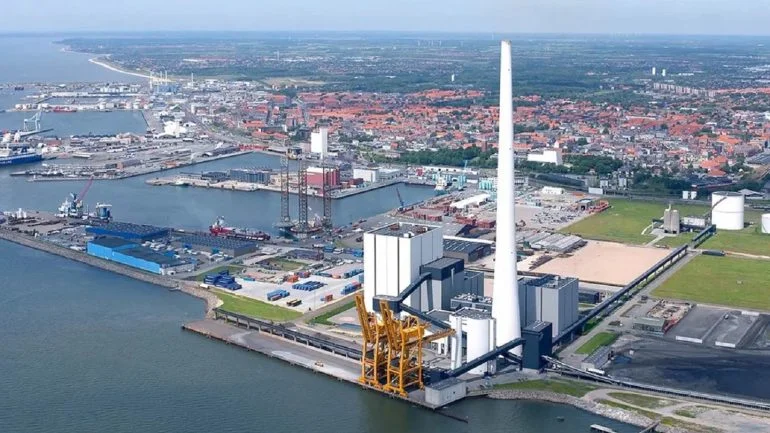Today, Ørsted is among the world’s largest renewable energy companies and the global leader in offshore wind. Quite a U-turn for the company that just some years ago was one of Europe’s most coal-dependent energy producers. Ørsted has decreased the use of coal since 2006 by reducing the number of its heat and power plants, with many of them being converted to certified sustainable biomass instead of coal. These efforts thus form part of the key steps taken by Ørsted in its holistic strategy to avoid the combustion of fossil fuels within its energy generation.
Also Read: Zambia’s 300 MW Coal-fired Power Plant to be Constructed
This would eventually lead to the end of Ørsted’s last coal-fired heat and power plant and, therefore, to the almost complete exclusion of fossil fuels from the energy produced. Ole Thomsen, Senior Vice President and Head of Ørsted’s Bioenergy business, explains this move: “Closing the last coal-fired plant marks the end of an era for Ørsted, but also of a very important chapter in Ørsted’s green transformation,” Thomsen says. He underlines that Esbjerg Power Station has been in the heart of Denmark’s power system due to its supplies of electricity and heating, while in the future energy needs to be green. Although the Danish authorities ordered that the Esbjerg Power Station should continue operation until August 31 to ensure security of supply, Ørsted is committed to phasing out fossil fuels, thus strengthening its ambition to be the first energy major to reach complete abandonment of fossil fuels.
The Esbjerg Power Station consumption
The Esbjerg Power Station alone has consumed around 500,000 tonnes of coal annually, which corresponds to around 1.2 million tonnes of carbon dioxide emissions. That is equivalent to the annual emission by about 600,000 fossil fuel-powered cars in the European Union. This forms a major milestone in Ørsted’s aim to achieve a 99% green energy share by 2025. The Ørsted has so far reduced the company’s carbon footprint by an overwhelming amount; it managed to reduce scope 1-2 emissions intensity by 92% from 2006 to 2023. This development has been positioning Ørsted as the first energy company to commit to a science-based net-zero target.
Also Read: Ørsted wraps up construction on 518 MW Helena Energy Center ,Texas
The Way Forward
Going forward, Ørsted’s generation will be supplemented by other power stations and its growing portfolio of wind farms and solar farms. So as to keep local district heating supplies running, Esbjerg heating supply company is building other production capacity. The close down will also affect the 50 employees working in the Esbjerg Power Station. The staff are being relocated to other areas within Ørsted; some are approaching retirement, and a number are laid off.
Despite all the initiatives to shift into renewable energy, Ørsted had no choice but to continue the other operations of fossil fuel for stability in Denmark’s power supply. In October 2022, the Danish government urged Ørsted to keep operating the units, which include coal-fired unit 3 of the Esbjerg Power Station, coal-powered unit 4 of Studstrup Power Station, and oil-powered unit 21 of Kyndby Peak Load Plant. These units were planned for decommissioning but are kept in operation to support the power grid at times of crucial need.
In fact, Ørsted will also stop power generation at the Studstrup Power Station’s coal unit 4 and Kyndby Power Station’s unit 21 before the end of August. While coal remains a reserve fuel at Studstrup’s unit 3, owing to ongoing reconstruction of the wood pellet silo, Ørsted expects completion by late 2024. Once this is completed, Ørsted will be completely avoiding the use of coal-even as a backup fuel-thereby further making it concrete on the position of fossil-free supply of energy.

